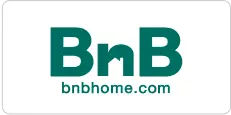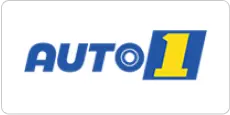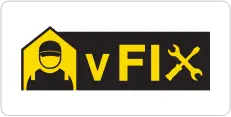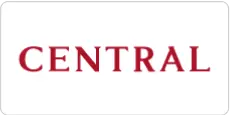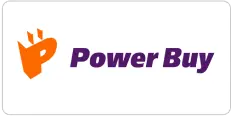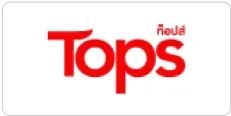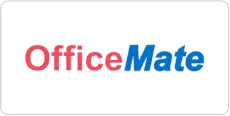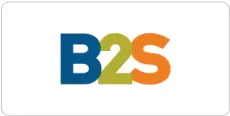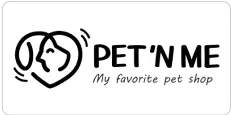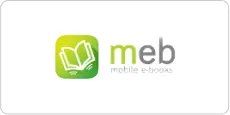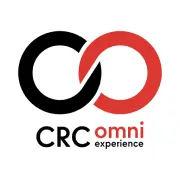How Was Energy Saving Label No. 5 Released? How is It Important?
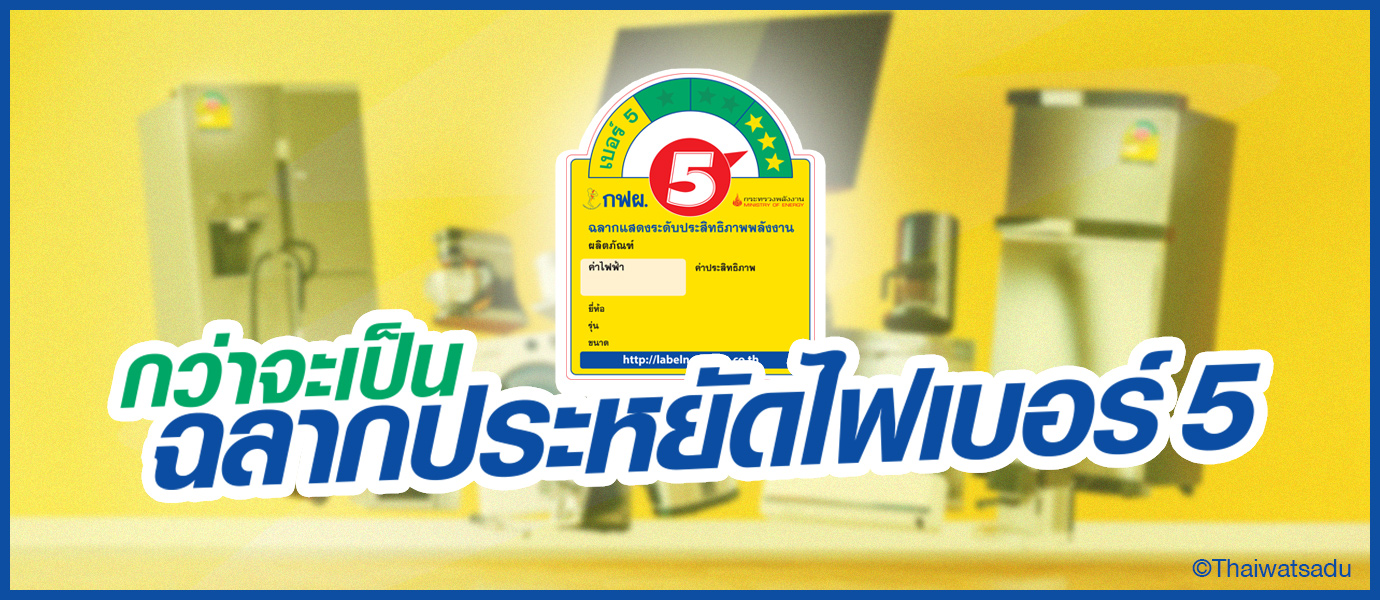
Everyone probably knows about the electricity saving label no. 5. It is a label that indicates the level of electricity usage and basic information about the electrical appliances so that you can choose to buy electrical appliances appropriately and save money in the long run. And do you know how long the energy saving label no.5 has been around? Who came up with the idea? What standards must it pass before it becomes a yellow label that is posted on electrical appliances?
The Beginning of Label No. 5
As society expands, it causes the country's demand for electricity to increase. The Electricity Generating Authority of Thailand (EGAT) must therefore find a production source and invest in the construction of a power plant to support the increased use of electricity. Especially using fuel to produce electricity. It is an operation that requires a high investment and is subject to constant fluctuations, affecting the economic stability of the country. EGAT therefore launched the Electricity Saving Label Project No. 5 on September 20, 1993 under the name "Together Conservation" in order to motivate people and educate them about using electricity wisely.

The results of the Label No. 5 Project
In addition to this label, it will promote the use of electrical energy with appreciation. It is also a campaign for manufacturers and importers to select electrical equipment that has high efficiency, new technology, and a price suitable for use. This is to motivate and strengthen the public's energy-saving attitude as well as allowing consumers to have choices and take part in deciding to purchase efficient products. When everyone understands the goals of this label, it will affect the management of electricity use in the nation as a whole.
At present, EGAT continues this project together with the Ministry of Energy to take care of the electricity saving label No. 5, which has the standards of the Ministry of Energy in a new look that is posted on various electrical appliances. However, you may be wondering if there are any electrical appliances that support label no.5, and what criteria must this label meet? We bring the answer to everyone.
Which Products Have Label No. 5?
EGAT has received good cooperation from companies that produce and import highly efficient, energy-saving electrical equipment. This project will not only encourage the development of high-efficiency electrical equipment but will also cause inefficient electrical equipment such as fat lamps to disappear from the electronics trade in Thailand. The various products participating in the electricity saving project number 5 are as follows:

- Year 1995, Electricity Saving Label Project No. 5 Refrigerators
- Year 1996, Electricity Saving Label Project No. 5, Air Conditioners
- Year 1998, Electricity Saving Label Project No. 5, Safety Ballast No. 5
- Year 1999, Electricity Saving Label Project No. 5, Brown Rice No. 5
- Year 2001, Electricity Saving Label Project No. 5, Electric Fans
- Year 2002, Electricity Saving Label Project No. 5, Compact Fluorescent Bulbs
- Year 2004, Electricity Saving Label Project No. 5, Electric Rice Cookers
- Year 2005, Electricity Saving Label Project No. 5, High Efficiency Electrical Lamps
- Year 2009, Electricity Saving Label Project No. 5, electric fan, oscillating type.
- Year 2009, Electricity Saving Label Project No. 5, T5 fluorescent lamps
- Year 2009, Electricity Saving Label Project No. 5, Electronic Ballast T5
- Year 2010 Electricity saving label project number 5 Standby Power 1 Watt (television receiver/computer monitor)
- Year 2010, Electricity Saving Label Project No. 5, Electric Lamps for Thin Bulbs No. 5
- Year 2011, Electricity Saving Label Project No. 5, Electric Hot Water Bottle/Jar Pot
- Year 2012, Electricity Saving Label Project No. 5, Electric Ventilation Fan
- Year 2012, Electricity Saving Label Project No. 5, Electric Water Heater
- Year 2013, Electricity Saving Label Project No. 5 Electric Irons
- Year 2013, Electricity Saving Label Project No. 5, single drum top-loading washing machine.
- Year 2013, Electricity Saving Label Project No. 5 LED Bulbs
- Year 2013, Electricity Saving Label Project No. 5, Bulb Replacement Kit No. 5
- Year 2014, Electricity Saving Label Project No. 5 Microwave Ovens
- Year 2014, electricity saving label project number 5, induction electric stove
- Year 2014, Electricity Saving Label Project No. 5, Electric Kettles
- Year 2014, Electricity Saving Label Project No. 5, Television Receivers
- Year 2015, Electricity Saving Label Project No. 5, product display refrigerators
- Year 2015, Electricity Saving Label Project No. 5, Electric Pan
- Year 2016, Electricity Saving Label Project No. 5, automatic electric water pump.
- Year 2017, Electricity Saving Label Project No. 5, hot and cold water dispensers for consumption and cold water dispensers for consumption.
- Year 2018, Electricity Saving Label Project No. 5, clothing and fabric products
- Year 2019, Electricity Saving Label Project No. 5, Electric Motorcycle Products
- Year 2021, Electricity Saving Label Project No. 5, air purifier products
Label No. 5 Must Pass What Criteria?
As you know, there are many types of equipment and electrical appliances that participate in this project. This means that the criteria for determining energy efficiency values and testing various products are classified according to the type of equipment and electrical appliances. We would like to give an example of a hot water bottle or jar pot with a capacity not exceeding 10 liters. EGAT has specified that a highly efficient electric water bottle must have an energy efficiency value of not less than the energy efficiency value announced by the minister.
By calculating the energy efficiency of an electric hot water bottle as the ratio between the amount of heat the water receives from the electric hot water bottle to the amount of electricity used. Which is carried out by an agency that has been certified as a testing laboratory in accordance with the TIS 2062-2000 industrial product standards and JIS C 9213 - 1988 testing standards. Including the Ministerial Regulations stipulating high-efficiency electric hot water bottles, 2010, until the numbers were used to indicate the number of stars on the label, as follows:
- Number 5 normal: 93.00 - 94.49 percent
- Number 5, 1 star type: 94.50 - 95.99 percent
- Number 5, 2-star type: 96.00 - 97.49 percent
- Number 5, 3-star type: percentage ≥ 97.50
Which has a lot of stars means it saves a lot of electricity as well, or at least it should have the said value not less than 93 or a normal label number 5, so it will be a device that saves electricity according to the specified criteria. In addition, EGAT has a process to randomly purchase electrical appliances with number 5 labels from the market and send them back for re-testing. If they don't pass, EGAT will cancel the labeling and publicize it to the public as an inspection and protect consumers in another way.
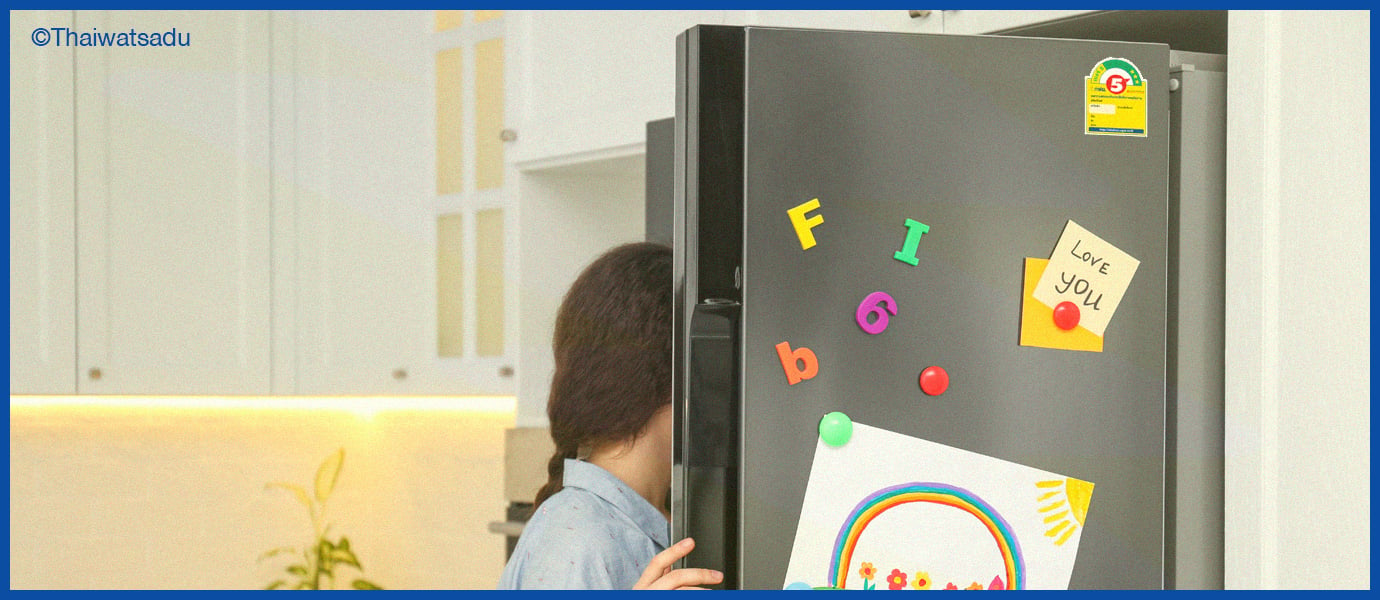
In the example described above, we only talked about "electric hot water bottles". If you want to know how various electrical devices or appliances measure energy efficiency. You can check the energy efficiency criteria from the website labelno5.egat.co.th On this website we will tell you everything, including many interesting things that you should not miss!
Shopping for products Electrical appliances online 24 hours with Thai Watsadu
Experience shopping for home products online today with Thai Watsadu, the center for Thai home products selling electrical appliances that meet every need. Easy to order, convenient and fast. Choose to pick up the products at the branch in person or pick up the products at home. Nationwide delivery service. Order online at thaiwatsadu.com Or contact via Chat & Shop LINE @thaiwatsadu Tel. 1308


